The Regions of Italy
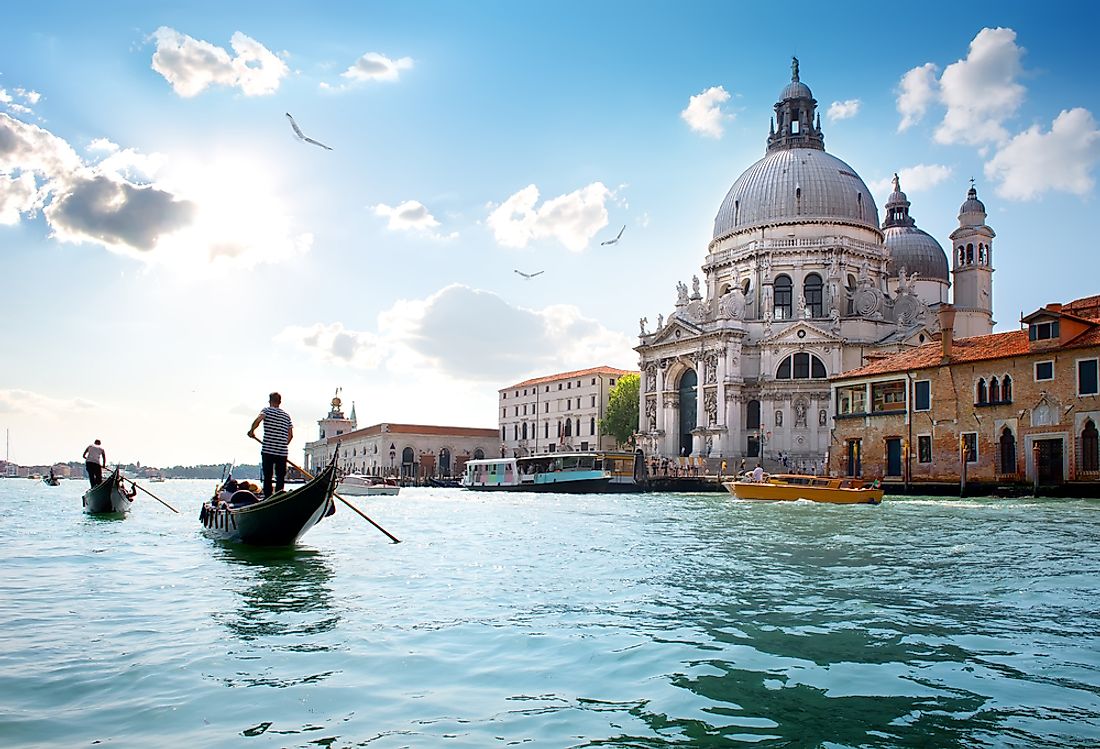
5. North-West
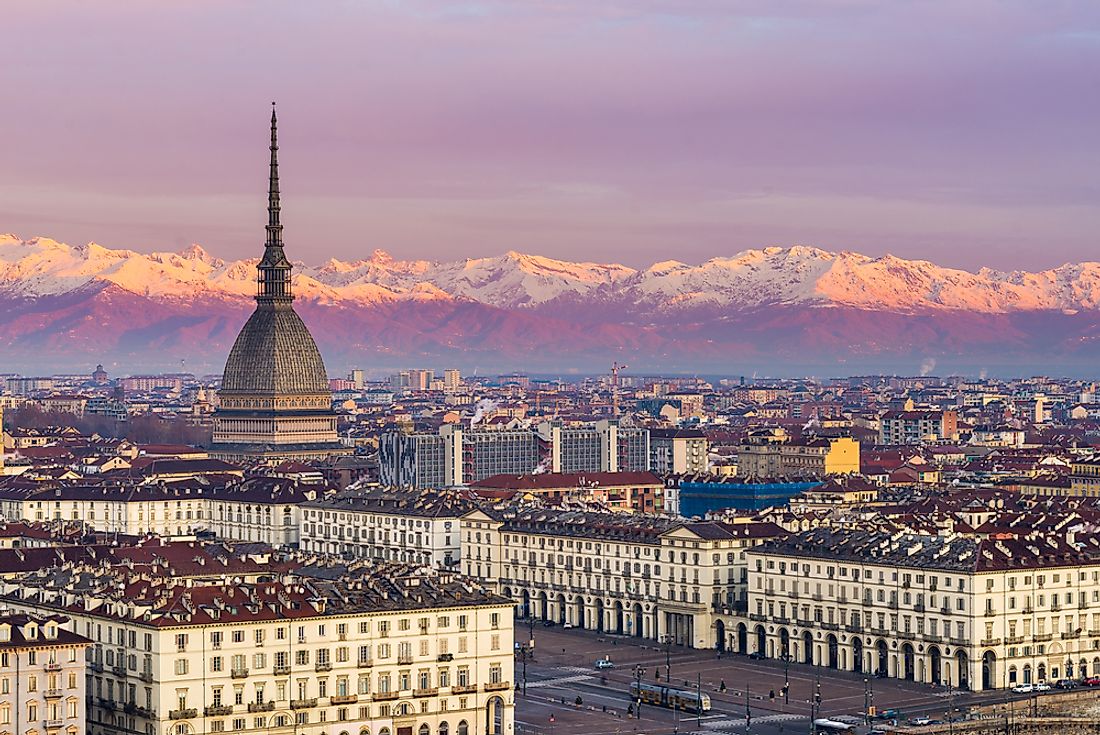
Northwest Italy consists of four regions:
- Aosta Valley, whose capital city is Aosta and whose population is 126,933.
- Liguria, whose capital city is Genoa and whose population is 1,565,349.
- Lombary, whose capital city is Milanand whose population is 10,020,055.
- Piedmont, whose capital is Turin and whose population is 4,392,526.
This makes the total population of northwest Italy 16,104,863. The designated area of the northwest stretches for 57,931 kilometers squared. Like many areas in Italy, the northwest receives a great number of tourists, who are attracted by the outdoor activites of the Alps and by Milan, which is considered to be one of the world's top fashion capitals of the world. The region has coast on the Ligurian Sea.
4. North-East
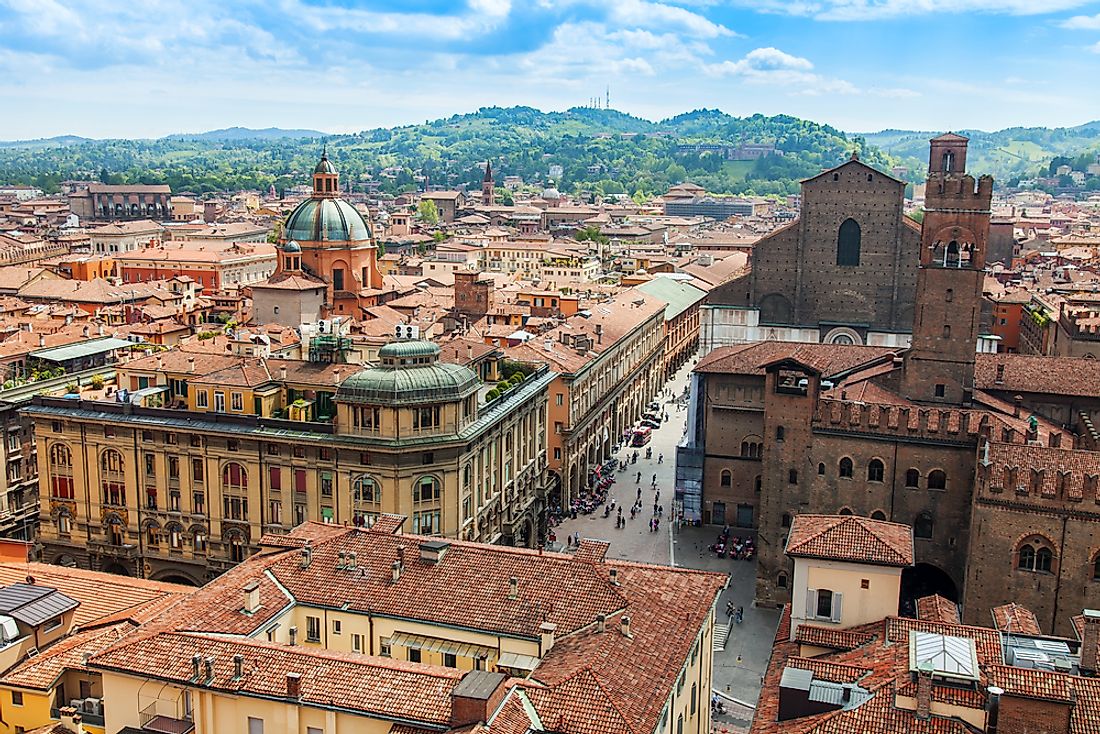
Northwest Italy consists of the following regions:
- Emilia-Romagna, whose capital city is Bologna and whose population is 4,446,220.
- Friuli-Venezia Giulia, whose capital city is Trieste and whose population is 1,229,363.
- Trentino-Alto Adige/Südtirol, whose capital city is Trento and whose population is 1,056,223.
- Veneto, whose capital city is Venice and whose population is 4,865,380.
This gives the region a total population of 11,597,186. Its land area covers 62,310 kilometers squared. Northeast Italy is home to Venice, one of the most popular tourist attractions in the world and the only city in the world to be built entirely on water. The region has a coastline on the Adriatic Sea.
3. Centre
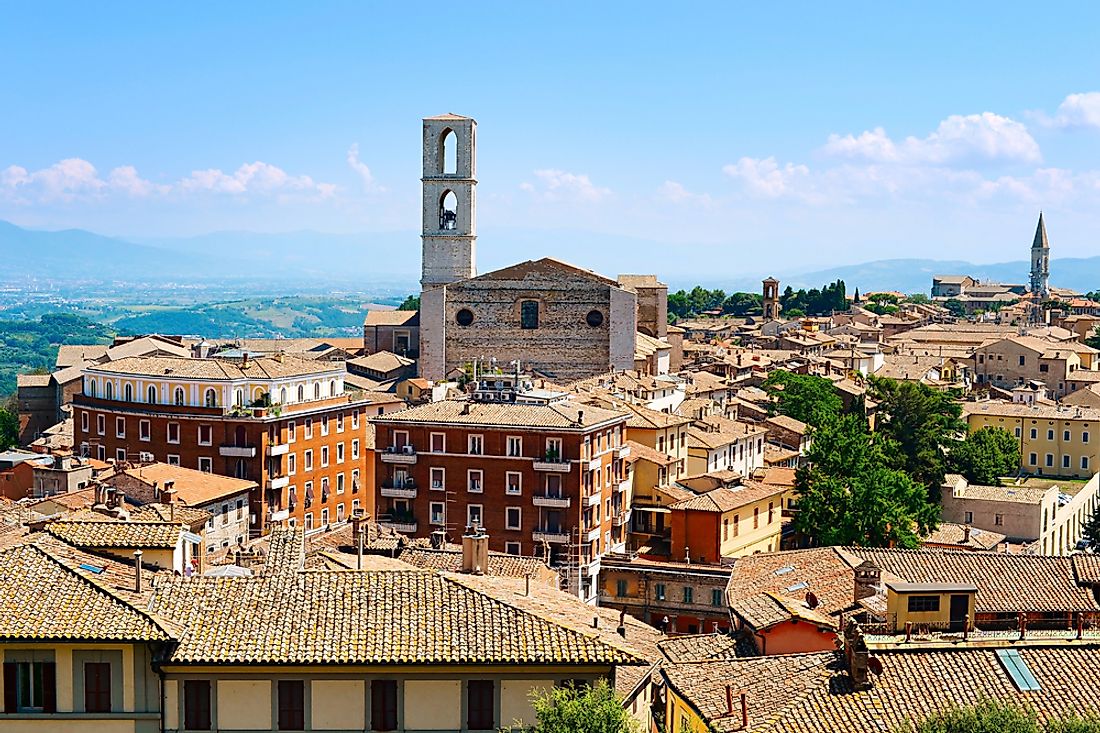
The Centre of Italy consists of the following regions:
- Lazio, whose capital city is Rome and whose population is 5,891,582.
- Marche, whose capital city is Ancona and whose population is 1,541,692.
- Tuscany, whose capital city is Florence and whose population is 3,749,430.
- Umbria, whose capital city is Perugia and whose population is 889,001.
The population total of the Centre of Italy is 12,071,705. Umbria is notable for being the only region in Italy that is without a coastline or international borderline. The Centre of Italy is given its name for its geography, although many of the regions encompassed in this area are also home to famous travel attractions. Included in these attractions are the cities of Florence, Pisa and Rome.
2. South
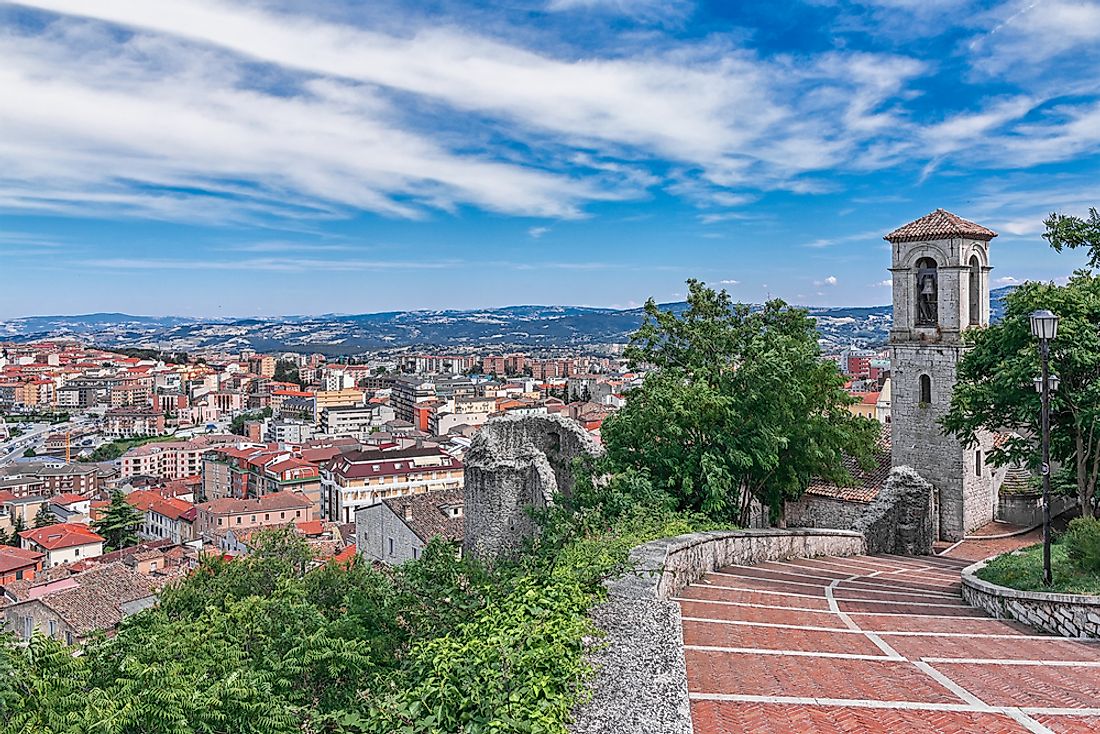
The macro-region of South Italy consists of the following regions:
- Abruzzo, whose capital city is L'Aquila and whose population is 1,307,919.
- Apulia, whose capital city is Bari and whose population is 4,063,888.
- Basilicata, whose capital city is Potenza and whose population is 575,902.
- Calabria, whose capital city is Catanzaro and whose population is 1,980,533.
- Campania, whose capital city is Naples and whose population is 5,896,029.
- Molise, whose capital city is Campobasso and whose population is 313,348.
The total population of South Italy is 14,137,619. This makes it the second most populous macro-region in country after the northwest. The most prominent city of the region is Naples, while the city of Bari is well known for being a port ferry for boats connecting the country with Europe's Balkan region.
1. Islands
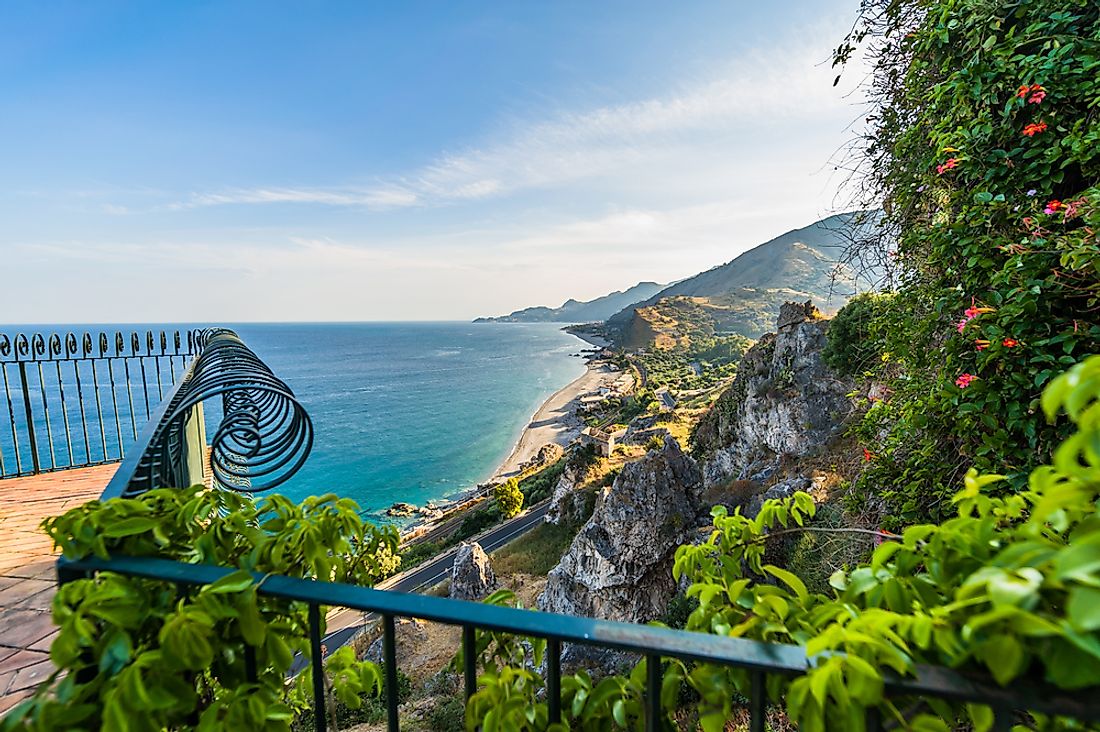
The islands macro-region of Italy consists of the following regions:
Sardinia, whose capital city is Cagliari and whose population is 1,656,003.
Sicily, whose capital city is Palermo and whose population is 5,077,487.
The total population of the Islands of Italy are 6,733,490. These two islands are known for having a unique and distinct culture that is famous within Italy and beyond. They are both located in the Mediterranean Sea. They too are popular among tourists.







